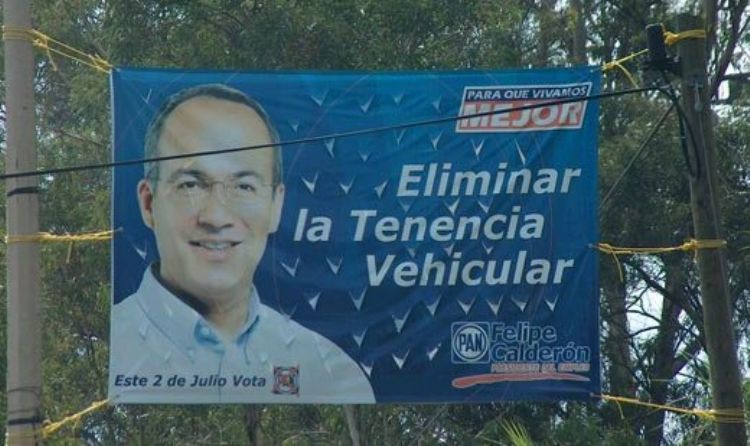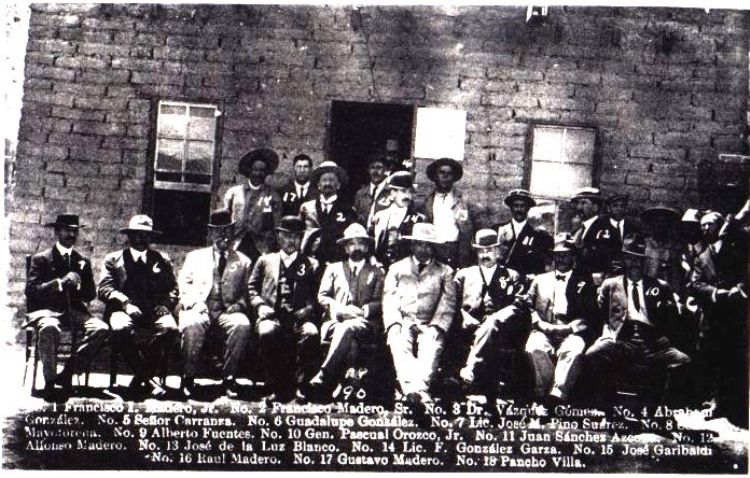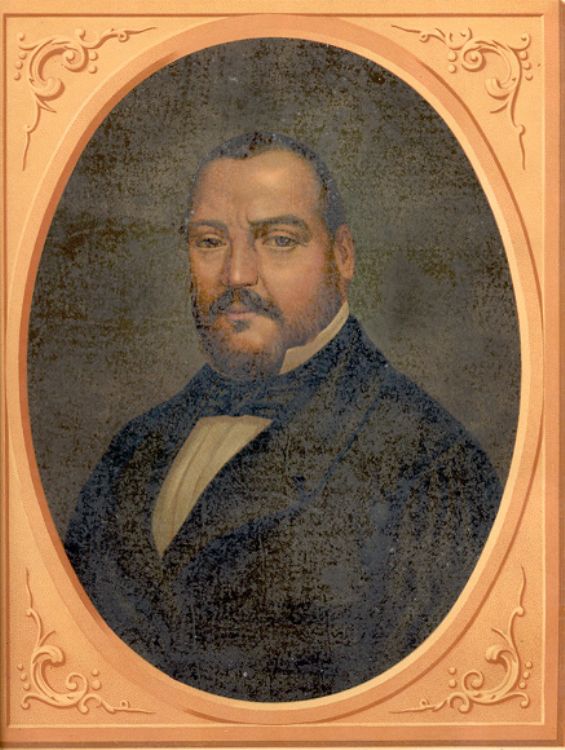The Vehicle-Ownership Tax in México

The history behind this tax is known by almost all of us: It was approved (by the government and the people) to increase the contributions and raise the resources available for the realization of the Olympic games of 1968. This tax is charged to the owners of motorized vehicles (either private or public) no matter their manufacturing origin, purpose or the ownerâs income.
Currently, the amount of the tax is calculated by the characteristics of the vehicle, such as year, brand, price on the market and version. This way, the amount will continue dropping gradually as years go by. Just like any other tax, fines and charges are applied to those who evade or fail to pay it. The collected funds are destined to the state governmentâs treasury department, and this way each state is responsible for the adequate compliance of this federal obligation. Virtually, in all the web pages of state governments, users can consult the amount of this tax by entering their plateâs number on the system.
In the law of vehicle use (vehicle ownership tax), you can find the conditions that determine if a vehicle is classified as new or used, and the amount to pay. There is also a classification on vehicles according to their commercial value and the time they started circulating. The vehicle ownership tax payment is divided as follows: thereâs an amount applicable to ânewâ vehicles and other for used ones. Classifications go from âAâ, meaning the cheapest category, trough âFâ, according to their original market value. However, this tax only applies to owners whose cars are as old as 9 years; by the time a vehicle turns 10 years old, it becomes tax-exempted, by order of the Supreme Court.
Even though thereâs a specific day established to pay the tax, thereâs a tolerance of 3 months to pay and be still able to avoid the fines. There was a time when, in order to carry out the emissions testing, and thus be able to drive the vehicle, the vehicle ownership tax had to be paid first.
The Tax Payerâs Opinion
The tax has a rather unpopular reputation among citizens, a fact that has been used during political campaigns, promising its future annulment, without never actually coming to pass, even though the majority of the campaigns that promised this, were serious and well intentioned. Also, several communicators criticized the tax in order to gain more audience. Citizens however, tend to despise this tax because:
· It is considered that its original purpose (collect funds for the celebration of the Olympics) was exceeded, and itâs abusive to continue enforcing it.
· As an opinion of many, it violates the laws of free vehicular transit.
· Highways and streets in the country are in bad shape and maintenance should be done in them.
· A lot of people consider the use of their vehicles a basic need, and not a luxury that someone has to pay for, in order to be able to use it.
Due to this, and the generalized unconformity of the population, an abolition of the tax has been demanded. As time goes by, the importance of this tax is getting to be known by more and more people; a total of 13 billion pesos are collected by means of this tax every year. This corresponds to 1.6% of the statesâ total income. Itâs been said that in order to eliminate this tax, a fiscal reform must be established so it can replace this income in a different way, since thereâs no other source from where to get the same benefits as from the tax.
Despite this, the Executive Power of the Nation, President Felipe Calderón, announced that there would be a gradual elimination of the vehicle ownership tax, and that it will be totally eliminated from the vehicles after the year 2011. We must need to wait to see if this comes to pass however, since first, this must be approved by each state legislature. We all hope this comes to pass!
Article produced by the Editorial Team of "Explorando Mexico".
Copyright Explorando México, All rights reserved.






